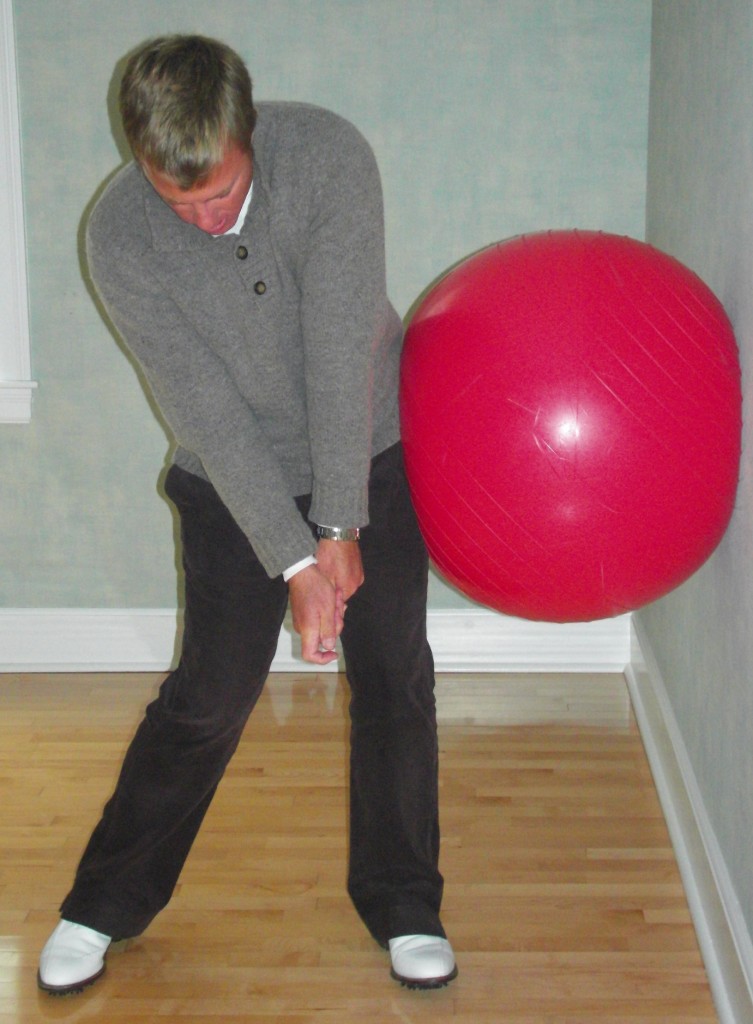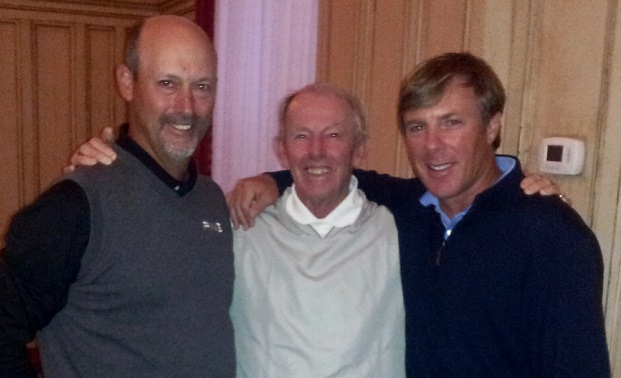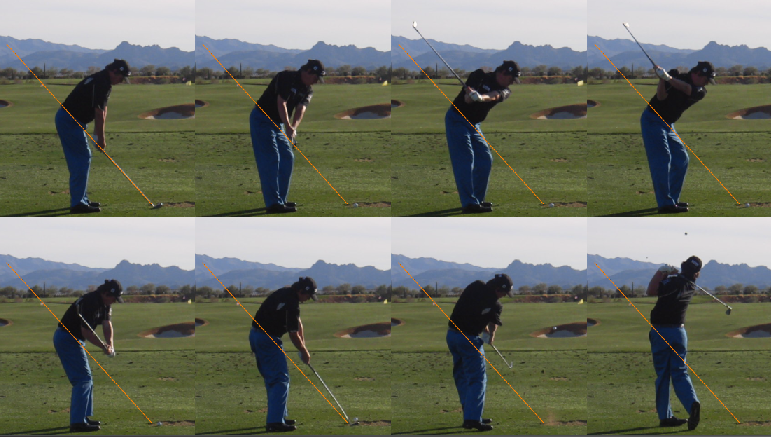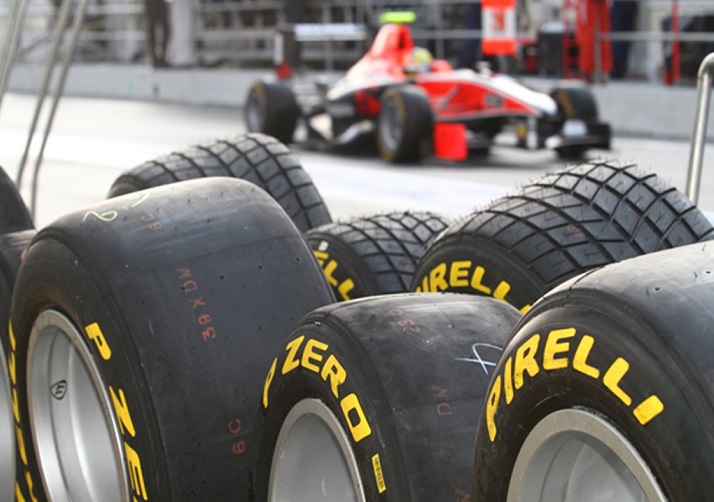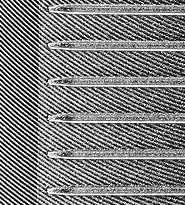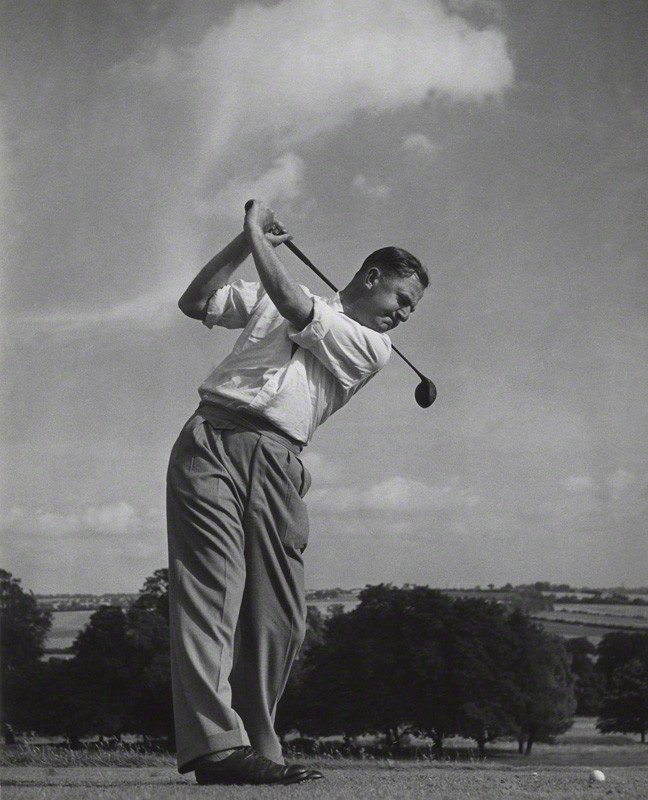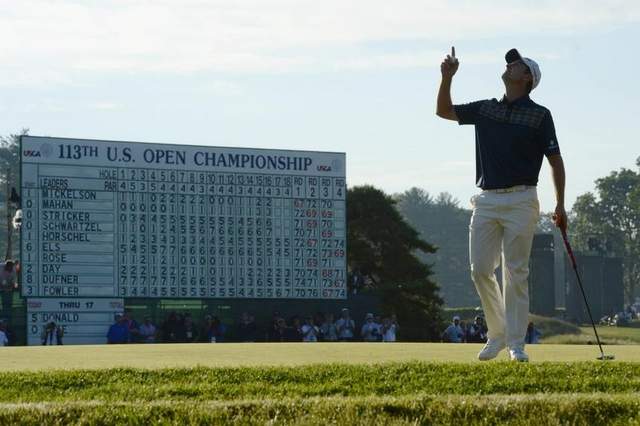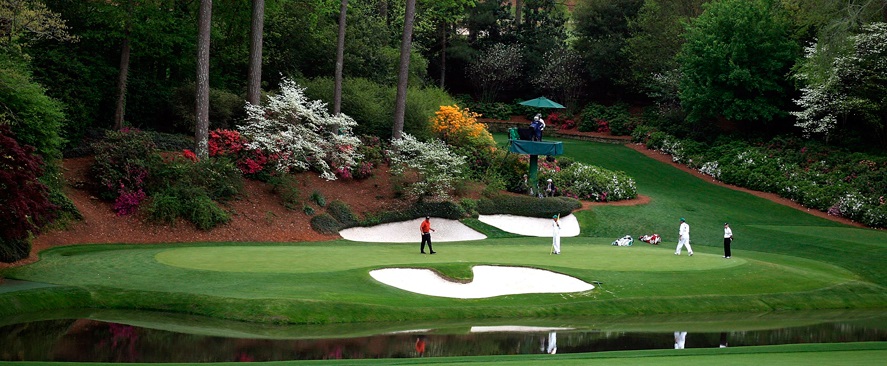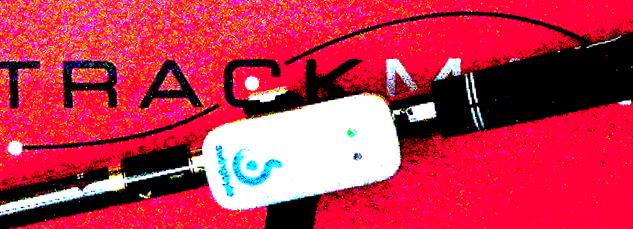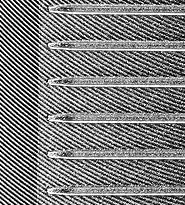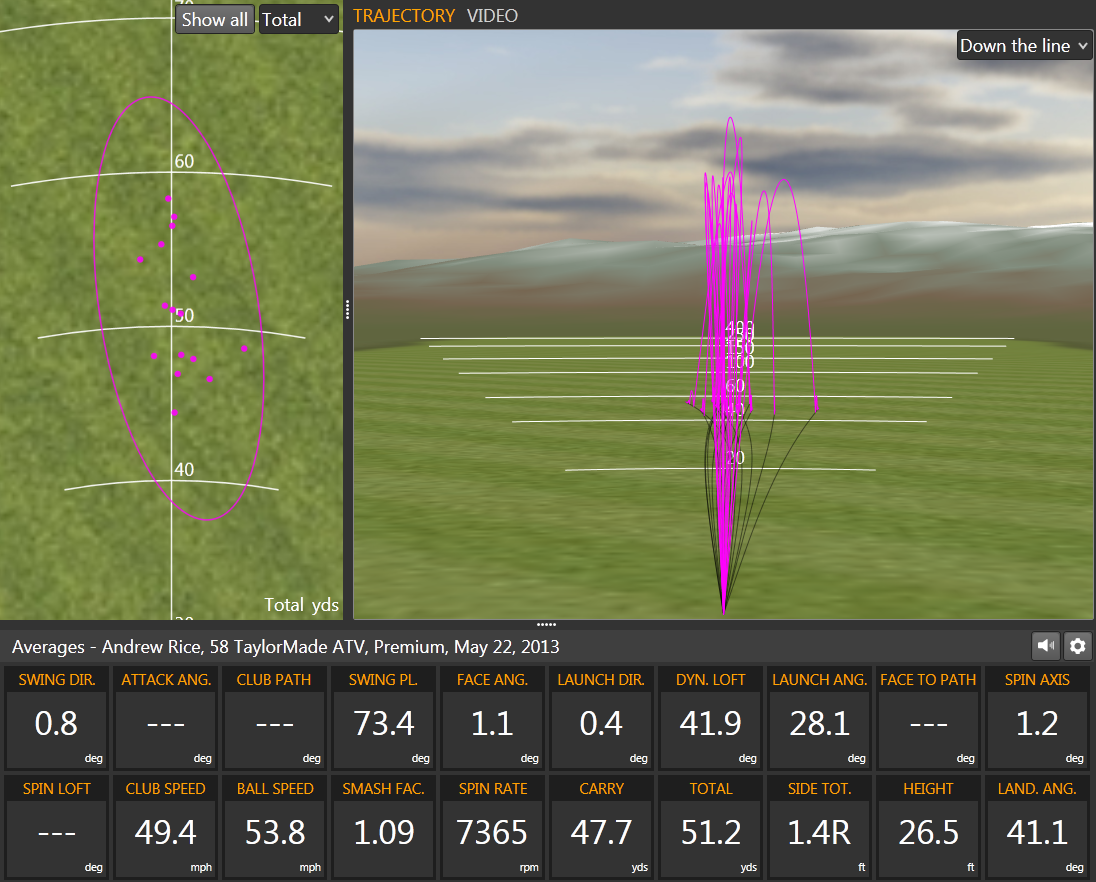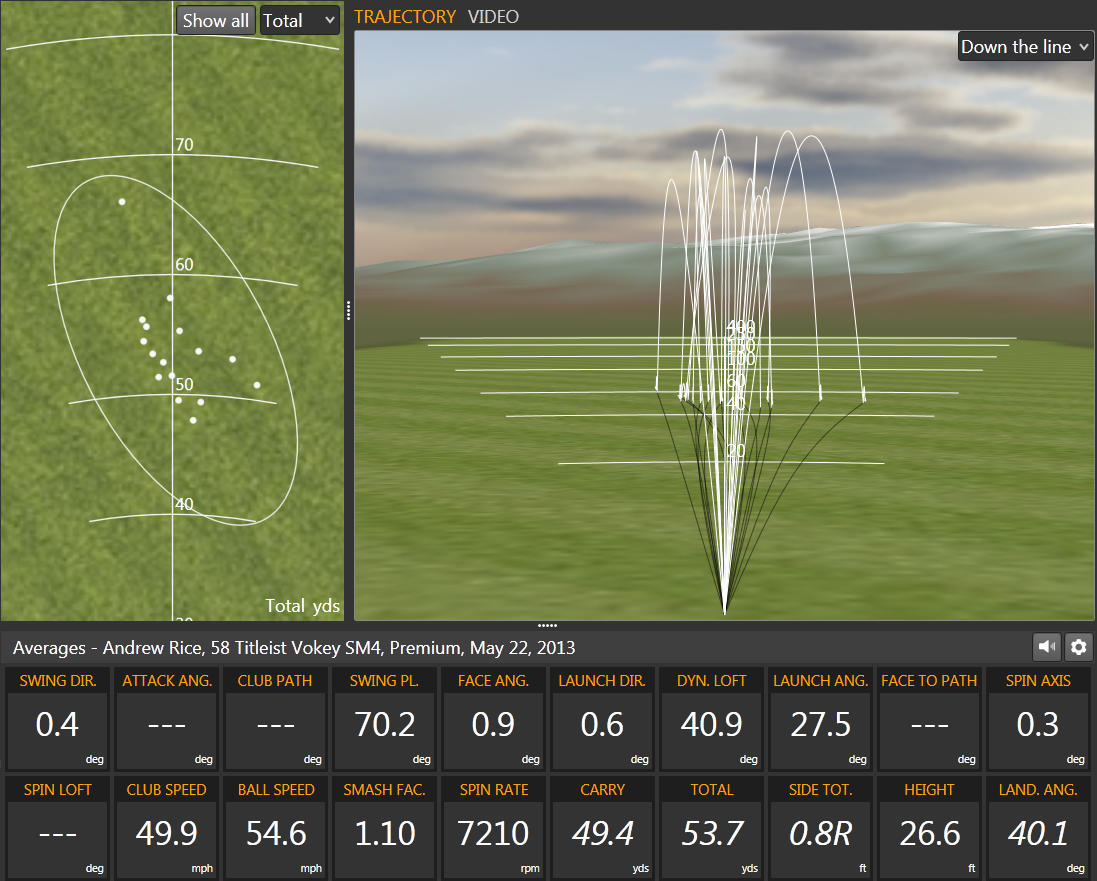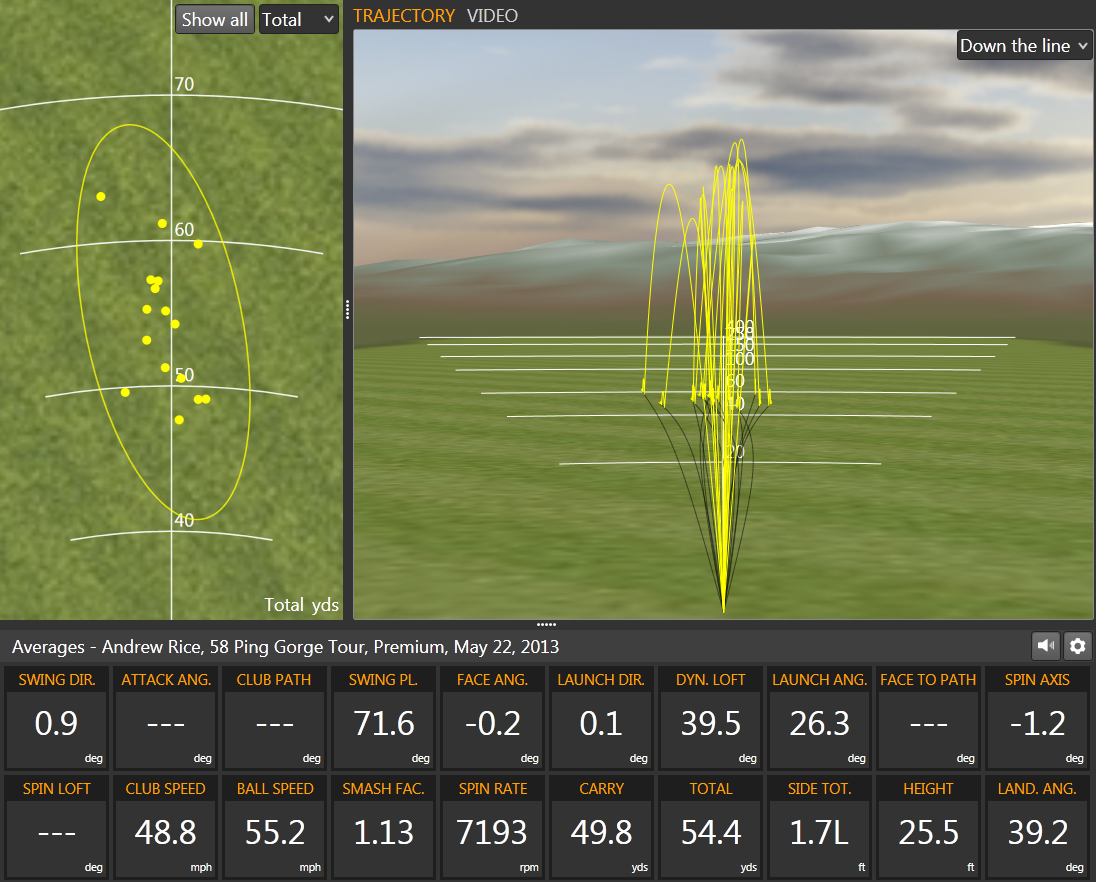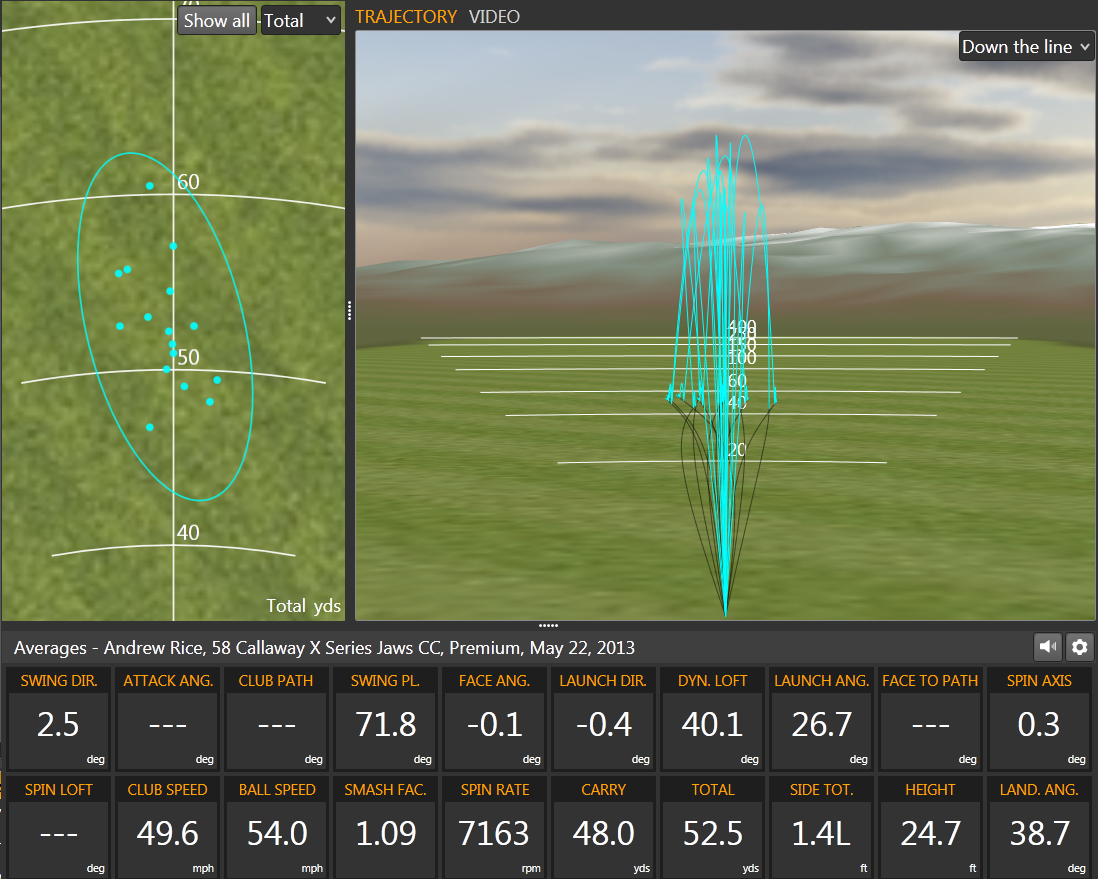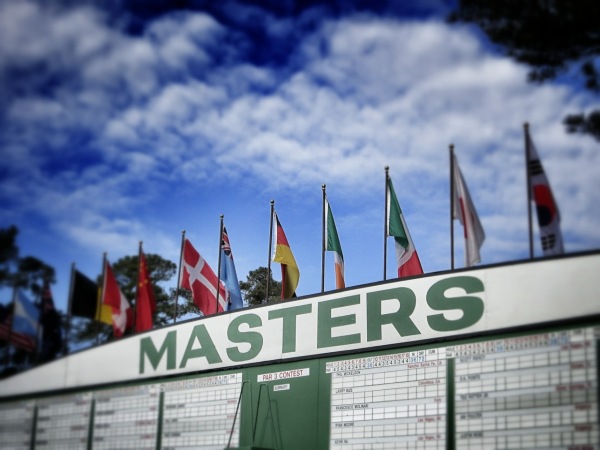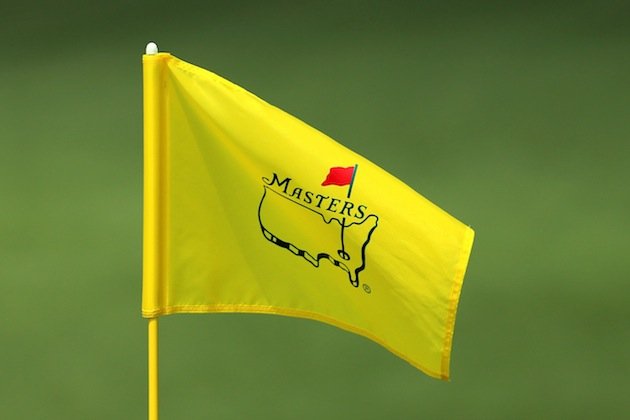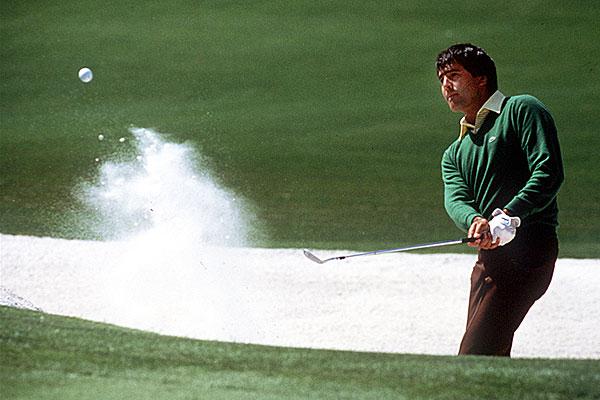New Home for Andrew Rice Golf
/The Club at Savannah Harbor
I'm pleased to announce that I have partnered with the Westin Savannah Harbor Golf Resort and Spa and starting on February 15th I will be the new Director of Instruction at the Club at Savannah Harbor.
This is where my Three Day Golf Schools and all individual instruction will be based and I couldn't be more excited to be positioned just minutes from the heart of the Savannah Historic District (voted "Best Small City in the USA" by Conde Nast 2015).
Not only is this a great golf school location, but it's also a fantastic retreat for couples. Whether you're looking to take a lesson, play a world-class golf course, relax in the Heavenly Spa or just explore one of America's most historic cities, the Westin Savannah Harbor Golf Resort and Spa (voted one of "Georgia's Top Golf Resorts" by Golf Week 2015) will meet all your needs.
This is a tremendous opportunity for me and I cannot wait to welcome you to Savannah Harbor - I know you're going to love it.
For more information on my upcoming golf schools please contact my Managing Director at terri@andrewricegolf.com or to book your next lesson contact me at andrew@andrewricegolf.com.
This is going to be good....















